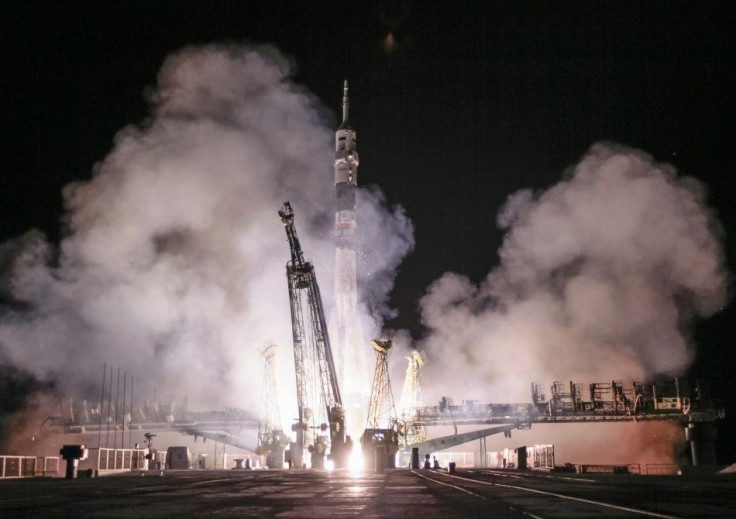Russian Rocket Debris Could Have Landed In Australia, Says Amateur Astronomer

An amateur astronomer from Australia, David Finlay, came across an object that was thought to be a meteor and he believes that it could be the wreckage of a Russian Soyuz rocket. The rocket was used on July 8 to launch a weather satellite called Meteor-M. He said that the wreckage fell after it passed through the skies of eastern Australia in July.
According to the Sydney Morning Herald, Mr Finlay, from Wollongong, interviewed many witnesses. He also went on to analyse many videos and photographs in addition to dropping mails to search for more debris from the rocket.
Mr Finlay, who has been interested in astronomy from a young age, said that he asked the question of who was going to do anything about the debris. He received a dull response because of which he decided to take it upon himself to take a closer look into the event.
He said that he could only come up with a rough estimate as to where the space junk could have fallen. He continued that he had traced it to an area between the towns of Jundah and Stonehenge in Queensland. He went on to say that he had given the investigation a lot of effort and this was the best that he could come up with. He said that he could be completely wrong and the information might not be 100 percent right, but he was the only one to take an attempt to capture the space junk.
A professor of planetary science in Curtin University, Phil Bland, said that he was sure that Mr. Finlay's information of the location of the space junk was completely accurate but to find the exact location and pinpoint where it landed was impossible. Professor Bland had been working with Mr. Finlay for the last couple of months.
Professor Bland said that the space junk could be anywhere in a patch that is spanning 50 square kilometers and at this point of time it was hard to plan an organised search. He continued that finding the wreckage was important as it would help obtain information about the chemicals it contained as well as how debris travelled and dispersed itself in the atmosphere.




















